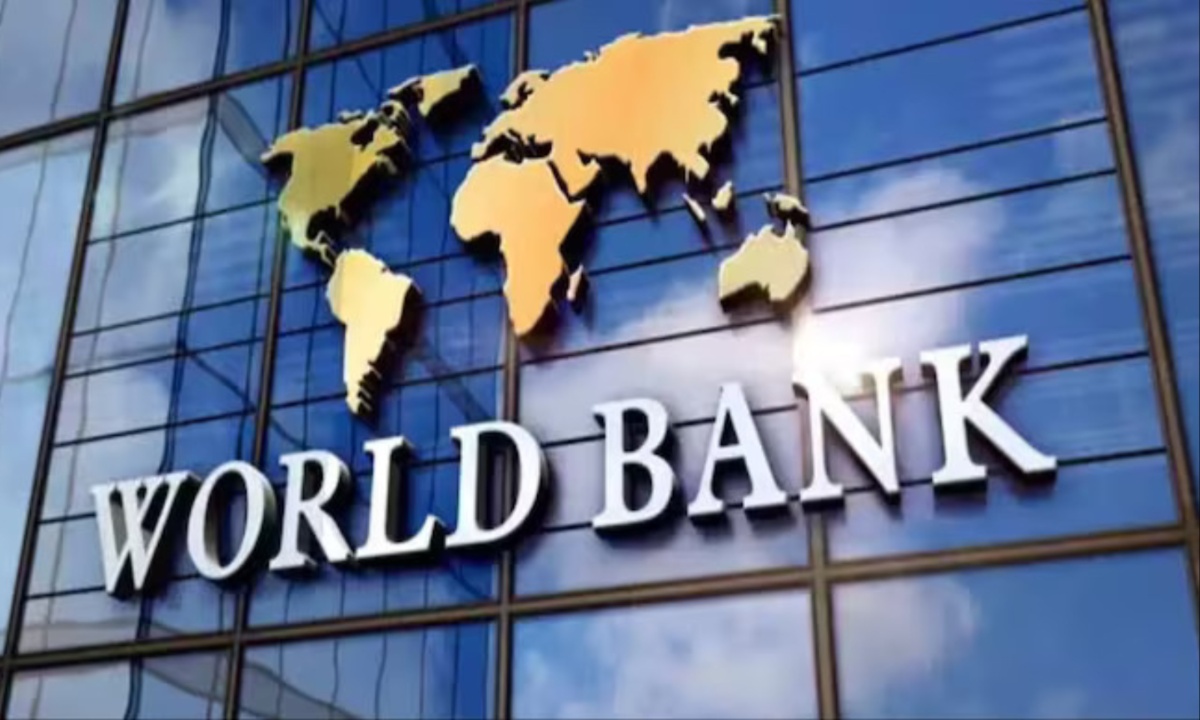In 2023, India emerged as a global leader in remittances, receiving a substantial USD 120 billion, a figure nearly double that of Mexico’s USD 66 billion for the same period, according to a World Bank report. This influx positioned India ahead of other major recipients like China (USD 50 billion), the Philippines (USD 39 billion), and Pakistan (USD 27 billion), consolidating its status among the top destinations for remittances globally.
Remittance flows to low- and middle-income countries (LMICs) totaled around USD 656 billion in 2023, marking a stabilization following robust growth in previous years.
India’s impressive remittance growth of 7.5% in 2023 was attributed to several factors, including reduced inflation rates and strong labor markets in the United States and OECD nations, which are key destinations for skilled Indian migrants.

India Surpasses Global Remittance Records in 2023 with $120 Billion, Outpacing Mexico and Other Nations
Additionally, demand for both skilled and unskilled workers in Gulf Cooperation Council (GCC) countries contributed significantly to this increase, underscoring the diverse employment landscape of Indian migrants.
Conversely, Pakistan experienced a 12% decline in remittances to USD 27 billion due to internal economic challenges, including a balance of payments crisis. The United Arab Emirates played a pivotal role as India’s second-largest source of remittances after the United States, benefiting from bilateral agreements facilitating transactions in local currencies like dirhams and rupees, thereby enhancing formal remittance channels.
Looking forward, the World Bank projects India’s remittances to grow by 3.7% to USD 124 billion in 2024 and further to USD 129 billion by 2025. Efforts to integrate India’s Unified Payments Interface with source countries such as the UAE and Singapore aim to streamline remittance processes, reduce costs, and enhance financial inclusion.
This diversification in India’s migrant workforce, encompassing highly skilled migrants in OECD markets and less-skilled migrants in GCC nations, is expected to stabilize remittance flows amidst global economic fluctuations.
The World Bank underscores the critical role of remittances in driving economic and human development, particularly in balancing global demographic and labor market disparities. The resilience of remittance flows highlights their significance for millions worldwide, emphasizing the need for policies that reduce transaction costs and facilitate formal channels to maximize their developmental impact.











































